While it might not be the oldest settlement in Britain (that title is claimed by Colchester, although the exact dates are somewhat shrouded in the fog of time), York is undoubtedly one of the most ‘historic’. What do we mean by this? Not just that its origins pre-date Roman occupation, but that it is one of the best-preserved cities in England.
Historical curiosities and oddities await around every corner. To see it properly, you need someone who knows the city inside-out. Luckily, in this case, there’s historian, author and presenter Alice Loxton – our Insightful Insider of the week – to show you around.
Read Alice’s article to find out which of the countless highlights of the history of York are among her favorites.
History Alice
Across her various media platforms, Alice (otherwise known as History Alice) has accrued followers in the millions who regularly tune in for her fun, insightful takes on British history. As one of the country’s oldest cities, York is one of her favorite places to talk about. As she says:
For any history fan, the city of York is a must-see wonderland of delights. With two thousand years of history to explore, every alleyway, street or passage has a story to tell. Here are a few highlights to look out for!
Experience it for yourself: Best of Britain
Roman Origins
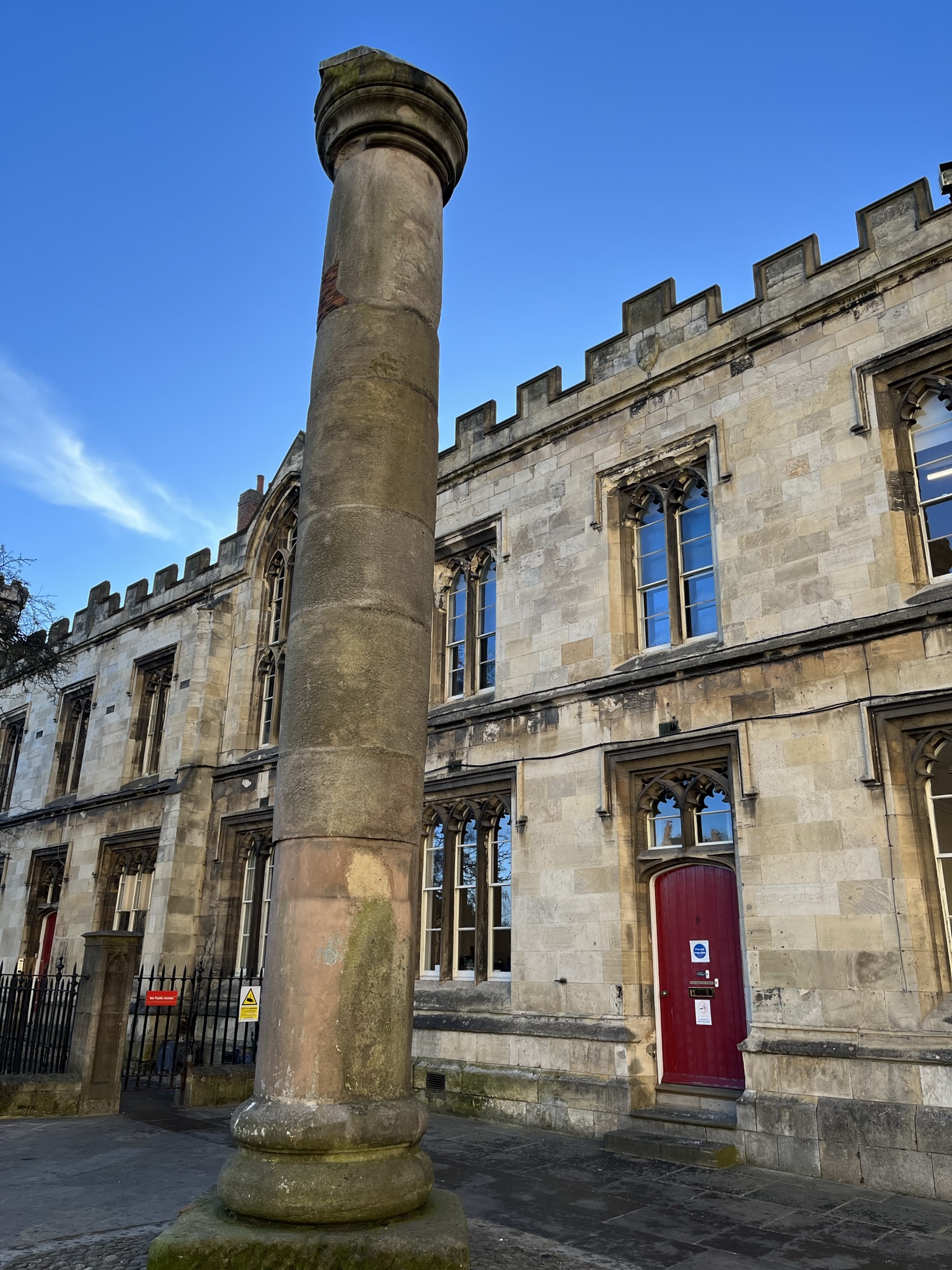
In the very centre of the city stands a 32ft-tall Roman column. This is part of the remains of the Roman fort which once stood on this site, named Eboracum. This column was one of sixteen which supported the roof of the basilica. It’s very likely that it was in this basilica that Constantine was proclaimed Emperor of Rome in 306AD. There’s a statue of the Emperor a few metres away, where he’s looking magnificent in military dress, relaxing in the sunshine. Every time I look up at it I’m blown away by how far back the history of York goes.
We think you’ll like: This Extraordinary Tour Explores Multiple Eras of American History
Walking the Walls
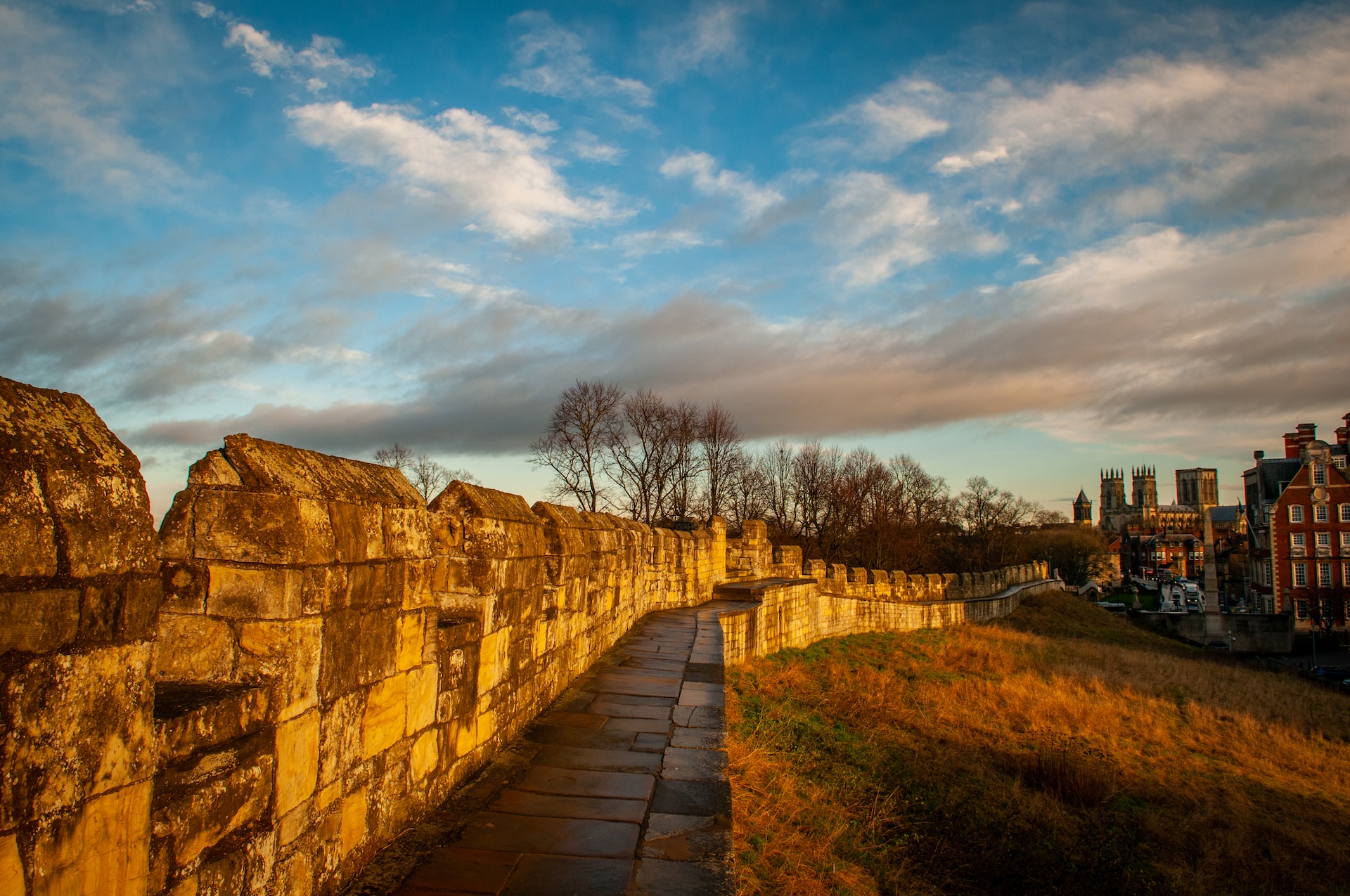
A great way to get a feel for the history of York is to take a stroll along the city walls, which were erected by the Romans in 71AD, improved by the Vikings from 867AD and upgraded to stone in 1226. Once, the whole defensive perimeter stretched over 2 miles, and were marked by 4 main gates, 6 secondary gates and 44 intermediate towers, all designed to protect the medieval city and castle inside.
York is lucky that its walls are still standing. By the late 18th century many other cities, including London, were removing their outdated, medieval walls, which were often in the way and stopping cities expanding. In York, however, the city officials met with fierce opposition to retain this wonderful bit of heritage, and so the walls, thankfully, still stand proud.
Read next: A Long Reed: The Page-Turning History of Papyrus in Egypt
York’s bars (not that kind)
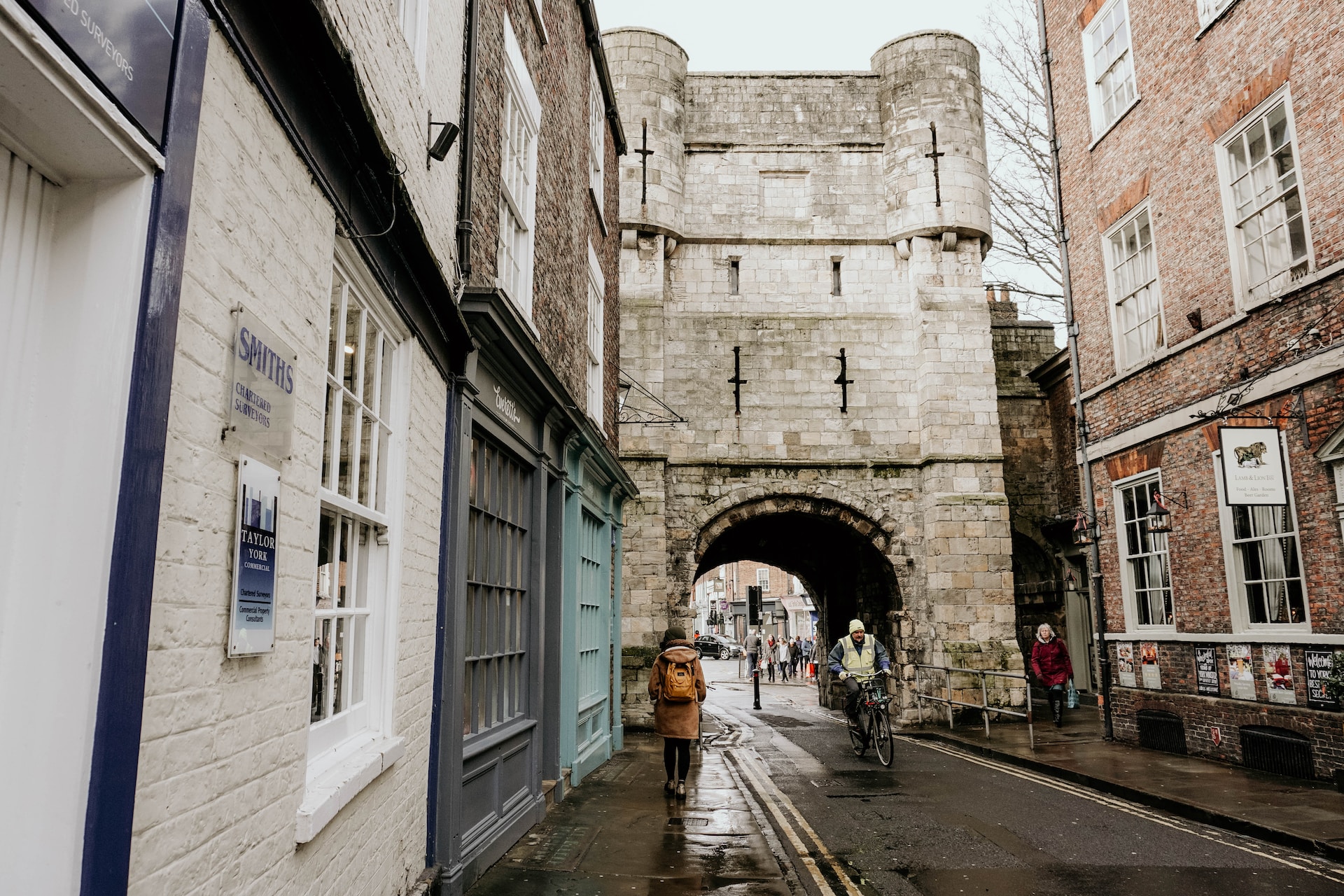
York’s medieval city walls originally included 4 main gates or ‘bars’ (Bootham Bar, Monk Bar, Walmgate Bar and Micklegate Bar). The name ‘bar’ has its origins in the bars, or simple gates, which were used to block the gateways to keep people out.
Bootham Bar is my favourite. It’s quite incredible that there been a gateway there for nearly 2000 years, although the structure you see today is medieval. Throughout history it was used to display the severed heads of traitors, such as the heads of three rebels who opposed the restoration of King Charles II were placed here in 1663. The history of York certainly has some darker moments.
Bookmark for later: Go Where the Grass is Greener: a Guide to Ireland’s Most Spectacular Natural Sights
The Heart of Yorkshire
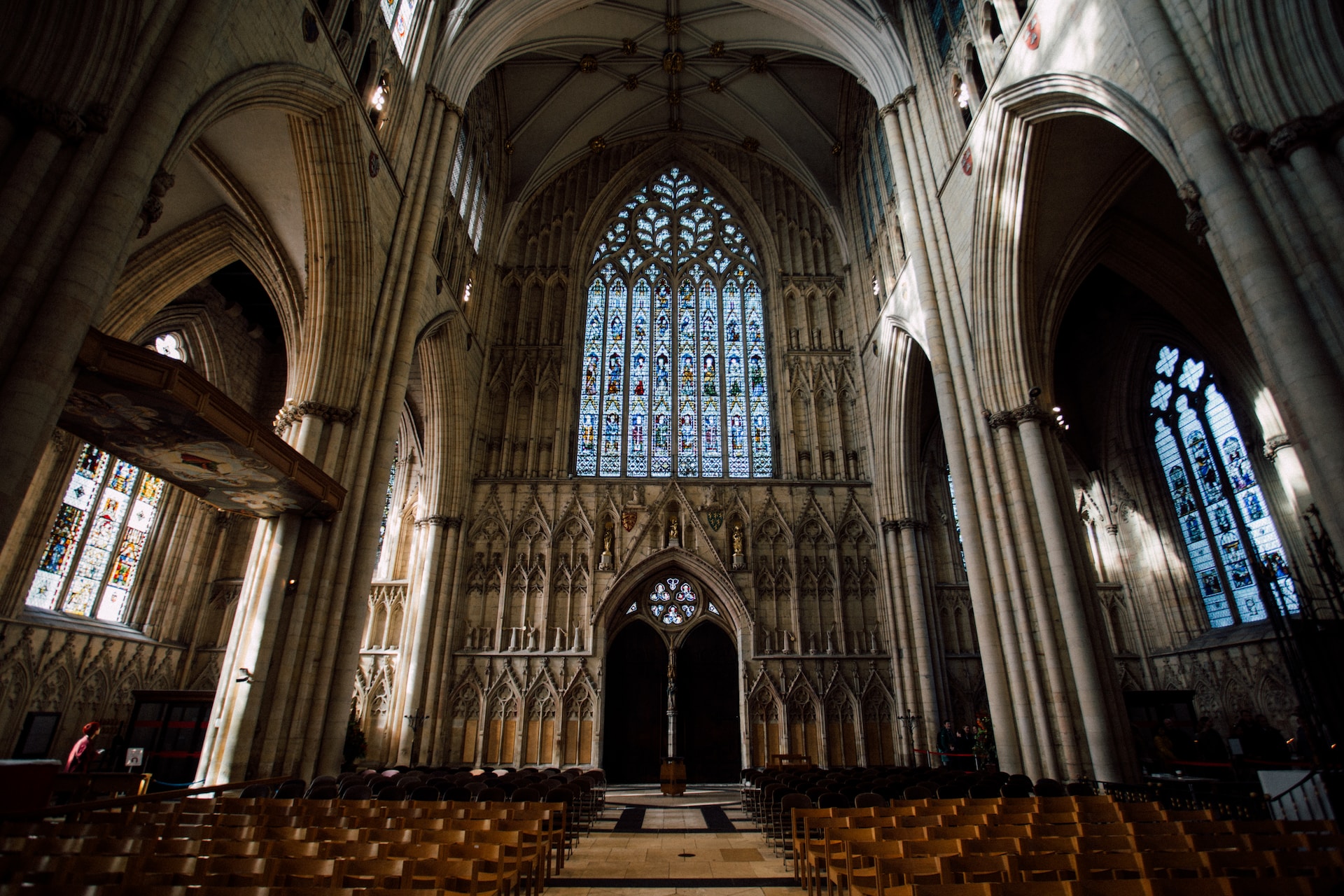
The crowning glory of York is York Minster, a triumph of Gothic architecture that can be seen from almost any point in the city, towering over the rooftops. My favourite detail is the west window, where the stone tracery forms a heart shape, giving it the nickname name “the Heart of Yorkshire”.
A place for proper pubs
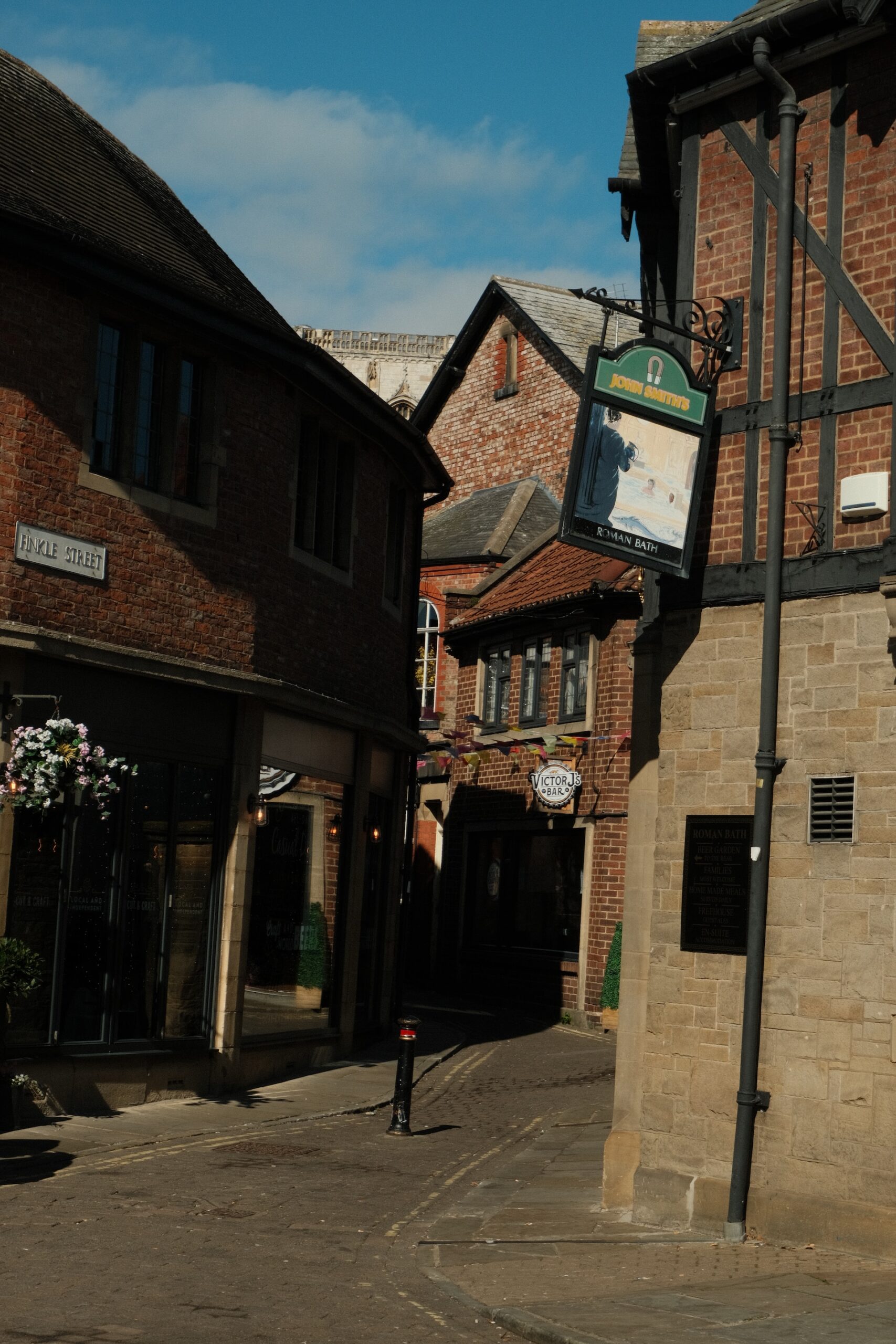
No comprehensive tour of the history of York would be complete without a trip to the pub, for there is a historic boozer on every corner. It’s great fun to try and decipher where their names originated. For example, next to York Minster is the Cross Keys pub, probably named so because the Minster’s patron saint is St Peter. As Peter was the apostle of Jesus who guarded the gates of Heaven, his symbol was a set of keys. So the Cross Keys, next to York Minster, is perfectly on brand.
Add to your reading list: 12 Months, 12 Unmissable Destinations: the Best Places to Travel in 2024
Strange (and sinister) street names
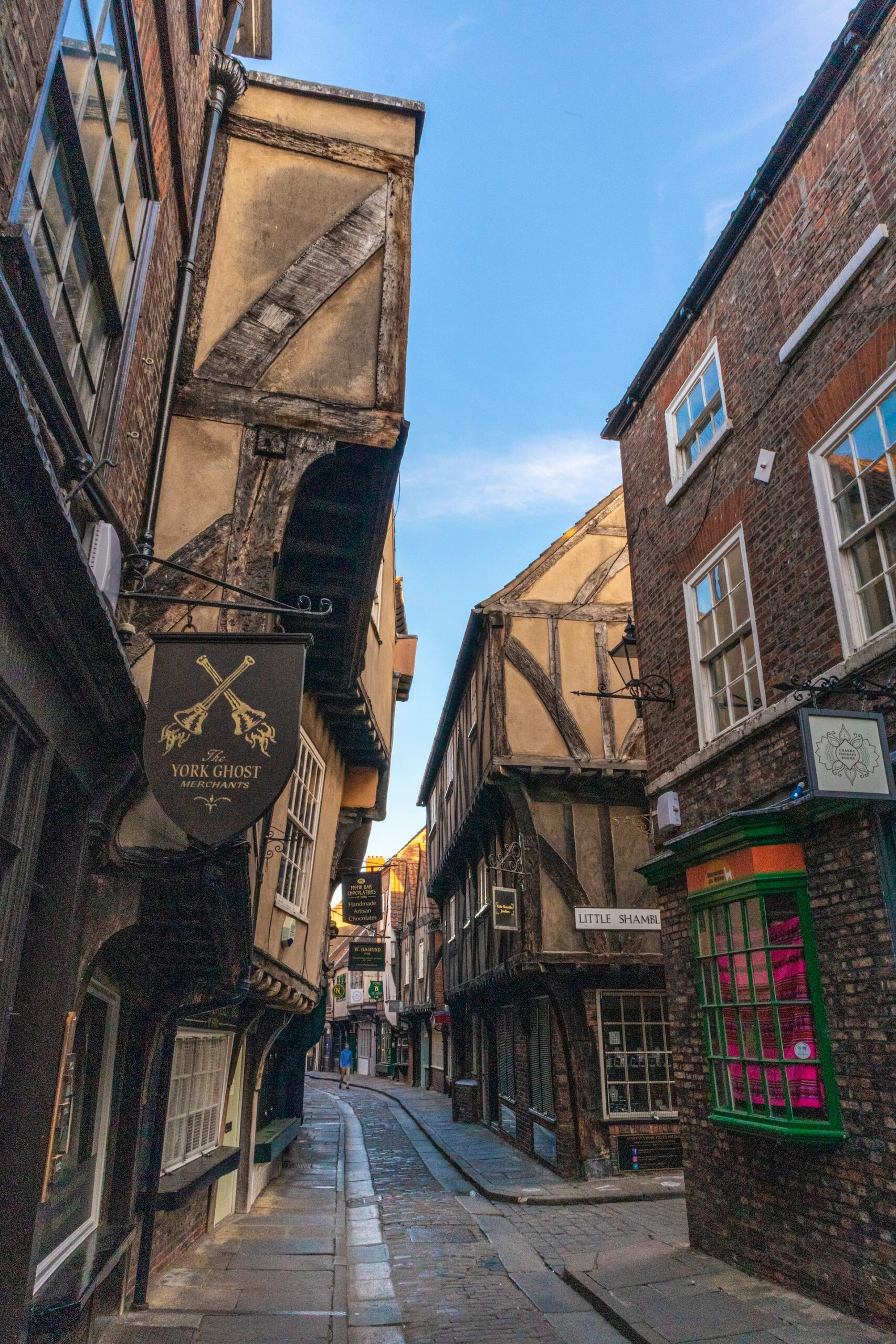
The streets of York, too, have some wonderful names. The Shambles, for example, was once known as The Great Flesh Shambles, probably derived from the Anglo-Saxon word Fleshammels meaning ‘flesh-shelves’ – the shelves that butchers used to display their meat. Indeed, back in the day, this was a street filled with butchers’ shops. The back of the shops would have been slaughterhouses, and the prepared meat was then displayed at the front.
The narrowness of the street kept the buildings in the shade, away from direct sunlight, meaning the meat on display could stay fresh for longer. And you’ll notice the natural slope of the street. When butchering took place, the guts, offal and blood were thrown into the street gutters (known as runnels) which helped it wash away after a rainfall. In 1885 there were 31 butchers shops along here, although today it has become a charming tourist street with quaint gift shops (and no offal to be seen, thank goodness!).
Not far away is Whip-Ma-Whop-Ma-Gate, one of the shortest – and most ridiculously named – streets in England. The name is first recorded in 1505 as Whitnourwhatnourgate, and later appears as Whitney Whatneygate, and this could mean either “nothing at all” or “neither one thing nor the other” in Middle English.
Related reading for history lovers: Legends of the Fjords: Discover Norway’s Viking Connections
A safe place for fugitives
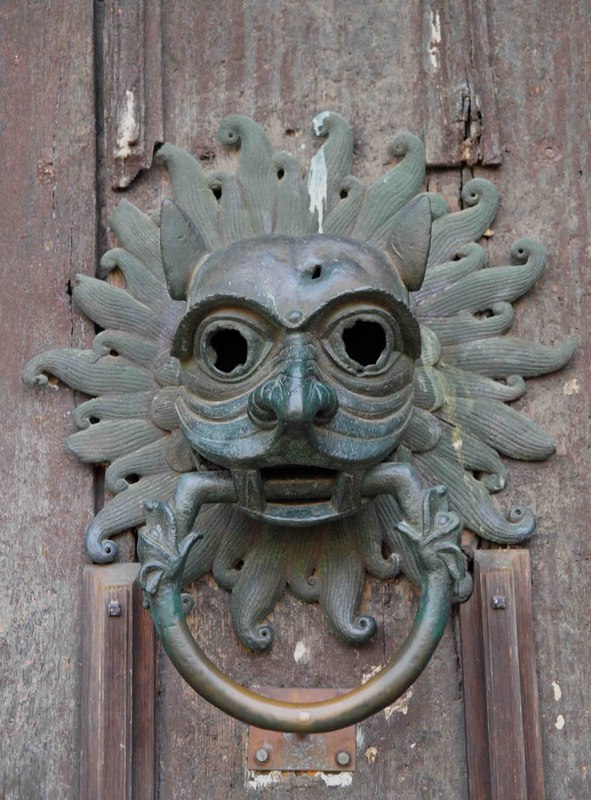
One of my favourite details to look out for can be found at the Church of All Saints, Pavement. The door has a wonderful metal ring. This might look like nothing more than a church door knocker, but for a medieval criminal on a run, this might have been the difference between life or death. For this is a sanctuary knocker, or a sanctuary ring. Under medieval English common law, as long as you were holding the knocker you were offered sanctuary, allowing a fugitive to stay in the church, free from prosecution, for about 40 days. So it gave you time to try to reconcile with your enemies, or even, plan your escape!
Read next: These History Experiences Will Expand Your Knowledge of the Ancient World
Miscellaneous history
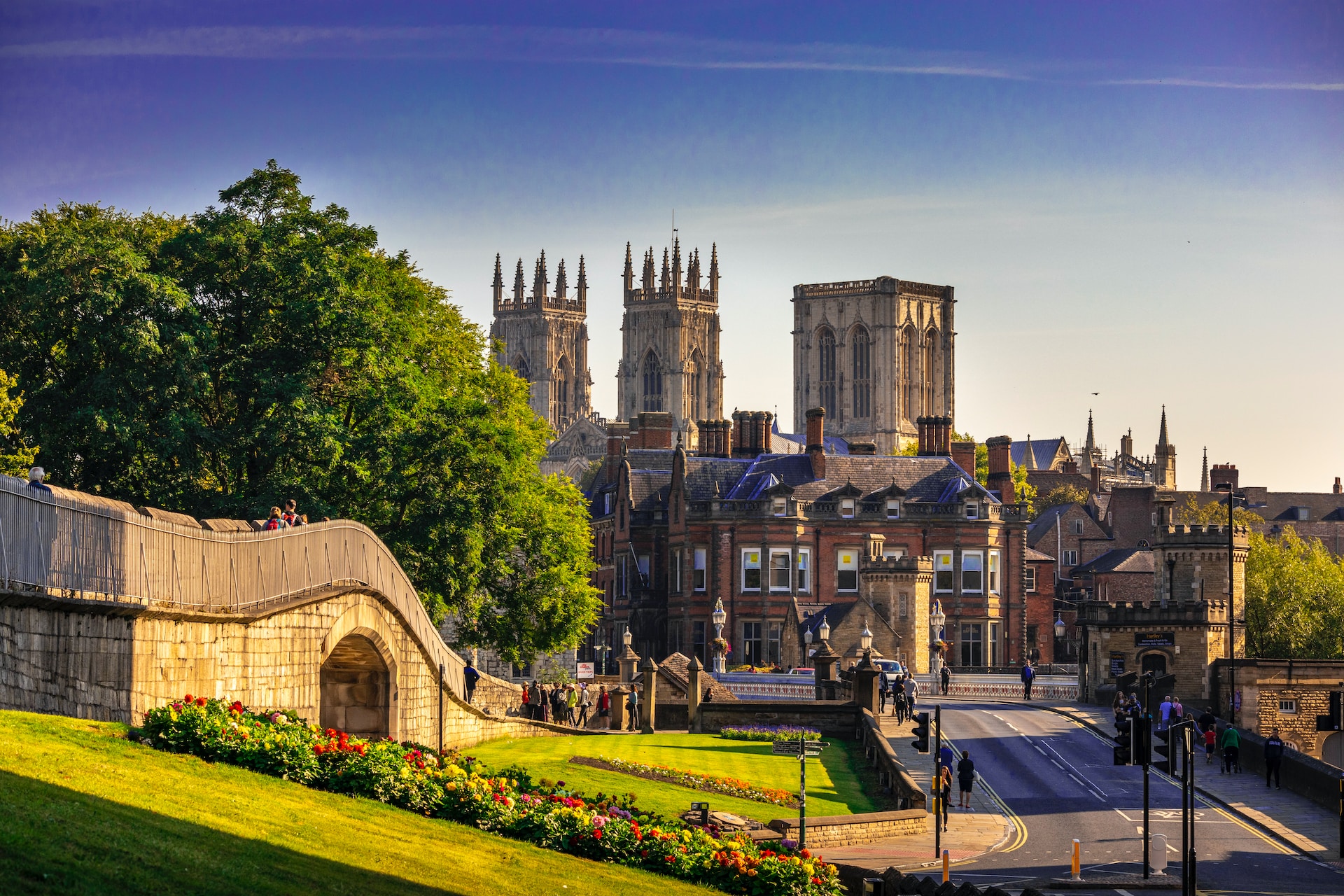
I’ve only scraped the surface of the history of York here, there’s just so much to see. Other fascinating places to visit include the birthplace of Guy Fawkes (now a hotel), Clifford’s Tower and – for any Bridgerton fans – the beautiful Fairfax House. Or, for those who like grisly history, near York racecourse is Tyburn, the old execution site. It was here, in 1739, that highwayman Dick Turpin met his miserable end. Pretty eerie.
So make sure to get York on your bucket list! For history fans, this is an absolute must see.
Experience it for yourself: Best of Britain



